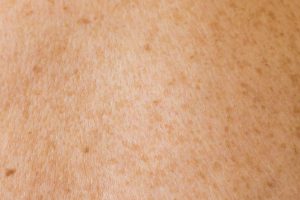-
Happy Holidays from AcceGen! Orders placed during Dec 22–Jan 2 will be processed and shipped after operations resume. Please plan ahead.
Featured Products
- In-Stock Tumor Cell Lines
- Human Orbital Fibroblasts
- Human Microglia
- Human Pulmonary Alveolar Epithelial Cells
- Human Colonic Fibroblasts
- Human Type II Alveolar Epithelial Cells
- Human Valvular Interstitial Cells
- Human Thyroid Epithelial Cells
- C57BL/6 Mouse Dermal Fibroblasts
- Human Alveolar Macrophages
- Human Dermal Fibroblasts, Adult
- Human Lung Fibroblasts, Adult
- Human Retinal Muller Cells
- Human Articular Chondrocytes
- Human Retinal Pigment Epithelial Cells
- Human Pancreatic Islets of Langerhans Cells
- Human Kidney Podocyte Cells
- Human Renal Proximal Tubule Cells
Primary Cells
Explore Products




 Human Dermal Fibroblasts, Adult are primary cells isolated from the dermal layer of human skin. These cells exhibit an adherent culture properties, forming confluent monolayers with a dense, overlapping growth pattern. Functionally, HDFa synthesize extracellular matrix components like collagen and elastin, orchestrate wound healing through fibronectin-mediated migration, and interact with epidermal cells during tissue repair and hair follicle development. Human Dermal Fibroblasts demonstrate mesenchymal stem cell-like properties, expressing surface markers CD73, CD90, and CD105. They serve as cellular substrates for induced pluripotent stem cell (iPSC) reprogramming using the Yamanaka transcription factors (Oct3/4, Sox2, Klf4, c-Myc).
Human Dermal Fibroblasts, Adult are primary cells isolated from the dermal layer of human skin. These cells exhibit an adherent culture properties, forming confluent monolayers with a dense, overlapping growth pattern. Functionally, HDFa synthesize extracellular matrix components like collagen and elastin, orchestrate wound healing through fibronectin-mediated migration, and interact with epidermal cells during tissue repair and hair follicle development. Human Dermal Fibroblasts demonstrate mesenchymal stem cell-like properties, expressing surface markers CD73, CD90, and CD105. They serve as cellular substrates for induced pluripotent stem cell (iPSC) reprogramming using the Yamanaka transcription factors (Oct3/4, Sox2, Klf4, c-Myc).